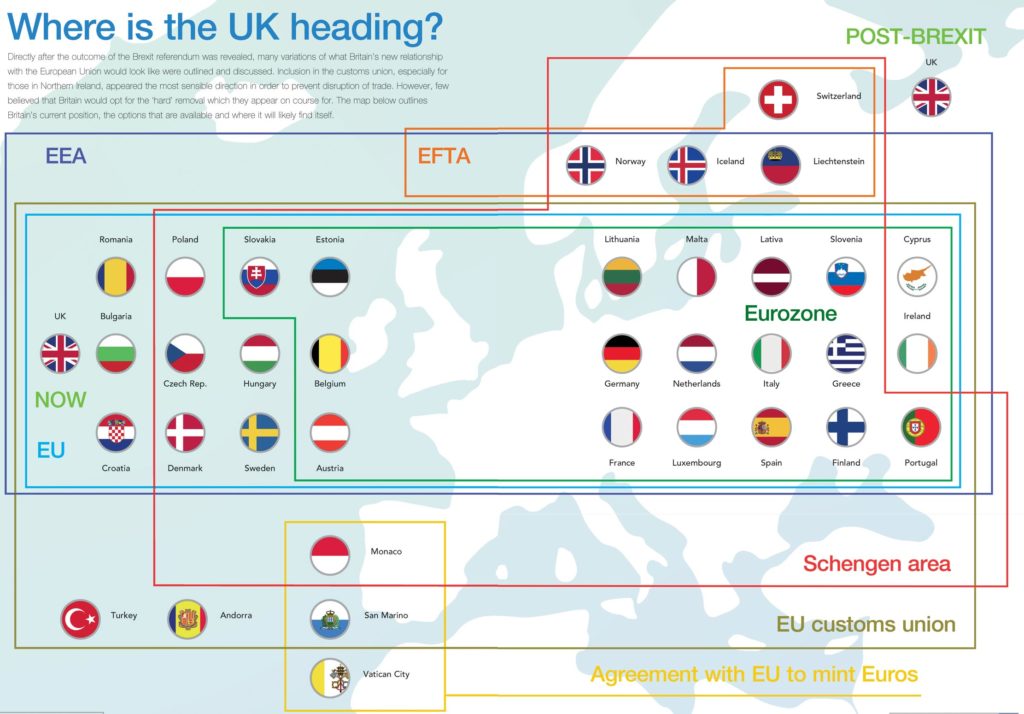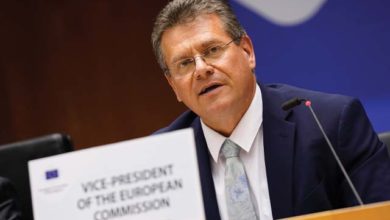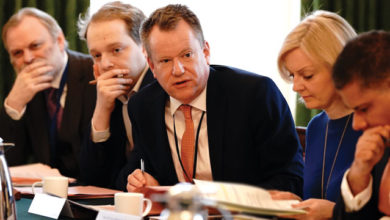Opposing sides
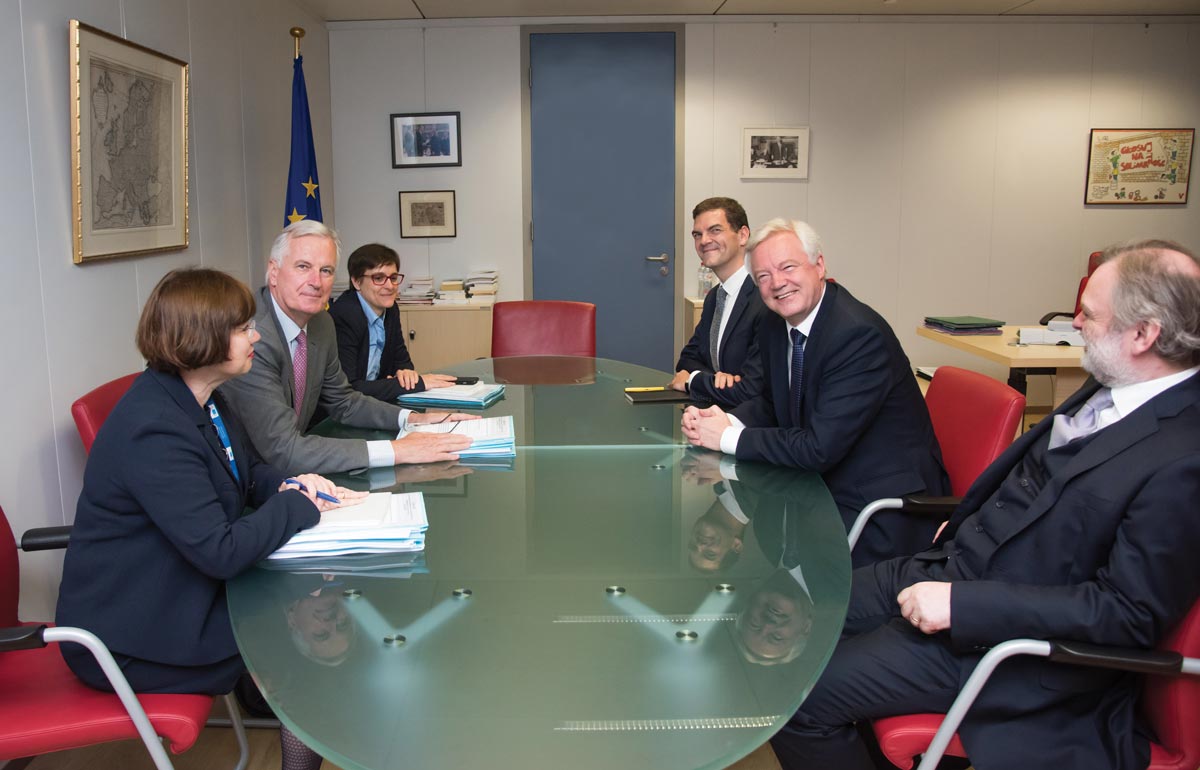
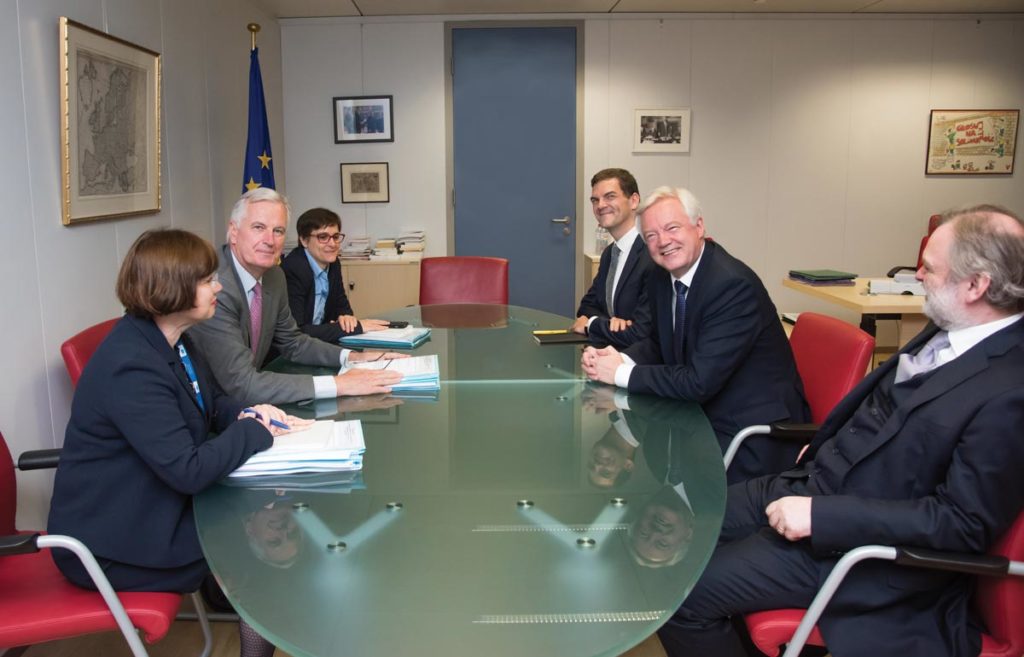
As the timeline for conclusion of the Brexit negotiations draws ever narrower, polarising attitudes on the need for haste from the two camps are evident.
The circulation of the above image by the EU Commission shortly after the conclusion of the official round two of Brexit negotiations goes someway to provide an insight to the relationship between the UK and the EU’s negotiating teams.
The single snapshot does not do justice to what was almost a week-long process between the two sides, however, it does appear to be a fair reflection of the input of the UK’s Brexit Minister David Davis.
Minister Davis has been heavily criticised for leaving Brussels just hours after an official press conference to mark the start of the talks between himself and Michel Barnier. In his defence, the UK’s Brexit Department outlined that Davis would be regularly updated by his negotiations team, as discussions had now moved to a “technical working level”.
Davis’ actions were in contrast to his rhetoric, having prior to the negotiations called for both teams to “get down to business”. Barnier told waiting journalists that the pair would not be taking questions after the opening photocall because: “Now we have work to do.”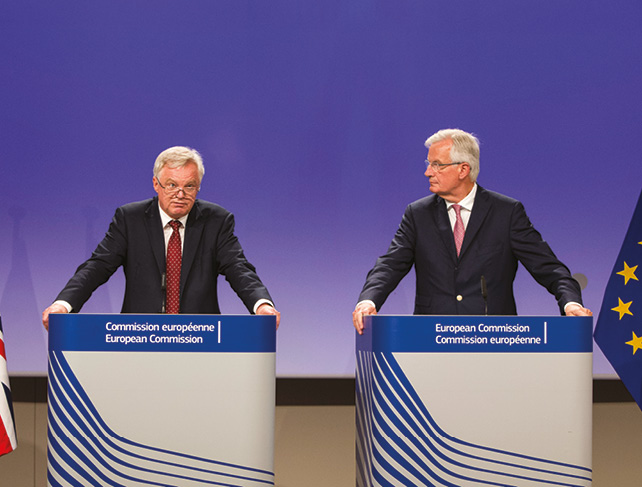
However, the weakness of the British position in comparison to just a few months ago is evident. Davis was present to vote in Westminster later the same day, highlighting the fragility of the Government’s majority, which in calling the snap election, Theresa May had hoped would be reinforced, not undermined.
This fragility, it has been argued, has pushed the British delegation to, at the very least, agree some form of a deal, rather than the complete break which many believed the Prime Minister was gunning for. However, early stumbling blocks have gone some way to highlight the magnitude of the task.
The second round of the talks were designed for the presentation of the two respective positions around an exit strategy. These included citizens’ rights, a financial settlement, the form of separation and Ireland.
Bluntly, Barnier said after the Davis meeting: “Our objective was to start working on substance and also to continue building trust between us. I said last week that I wanted to identify the points where we agree and the points where we disagree. This was possible this week for the issues on which there was a clear British position.”
On Ireland he said that discussions centred on the Good Friday Agreement and the Common Travel Area. “We agree that the important issue of the Good Friday Agreement, in all its dimensions, requires more detailed discussions. In particular, more work needs to be done to protect North-South cooperation between Ireland and Northern Ireland. Today, that cooperation is embedded in the common framework of EU law and EU policies.
“We need to better understand how the UK intends on ensuring the continuation of this cooperation after Brexit. We also agreed that the UK should clarify in the next session how it intends on maintaining the Common Travel Area after leaving the EU.”
The EU have stated clearly that they will not enter negotiations on future relationships with the UK until an exit strategy has been concluded. However, even in these early stages there appears no climb down from either side on their position on the role of the European Court of Justice (ECJ). Britain has rejected the EU stance that the ECJ should have final say on the rights of EU nationals living in the UK, among other things.
The contrasting sounds from opposite sides of the table do not bode well for a final settlement.

